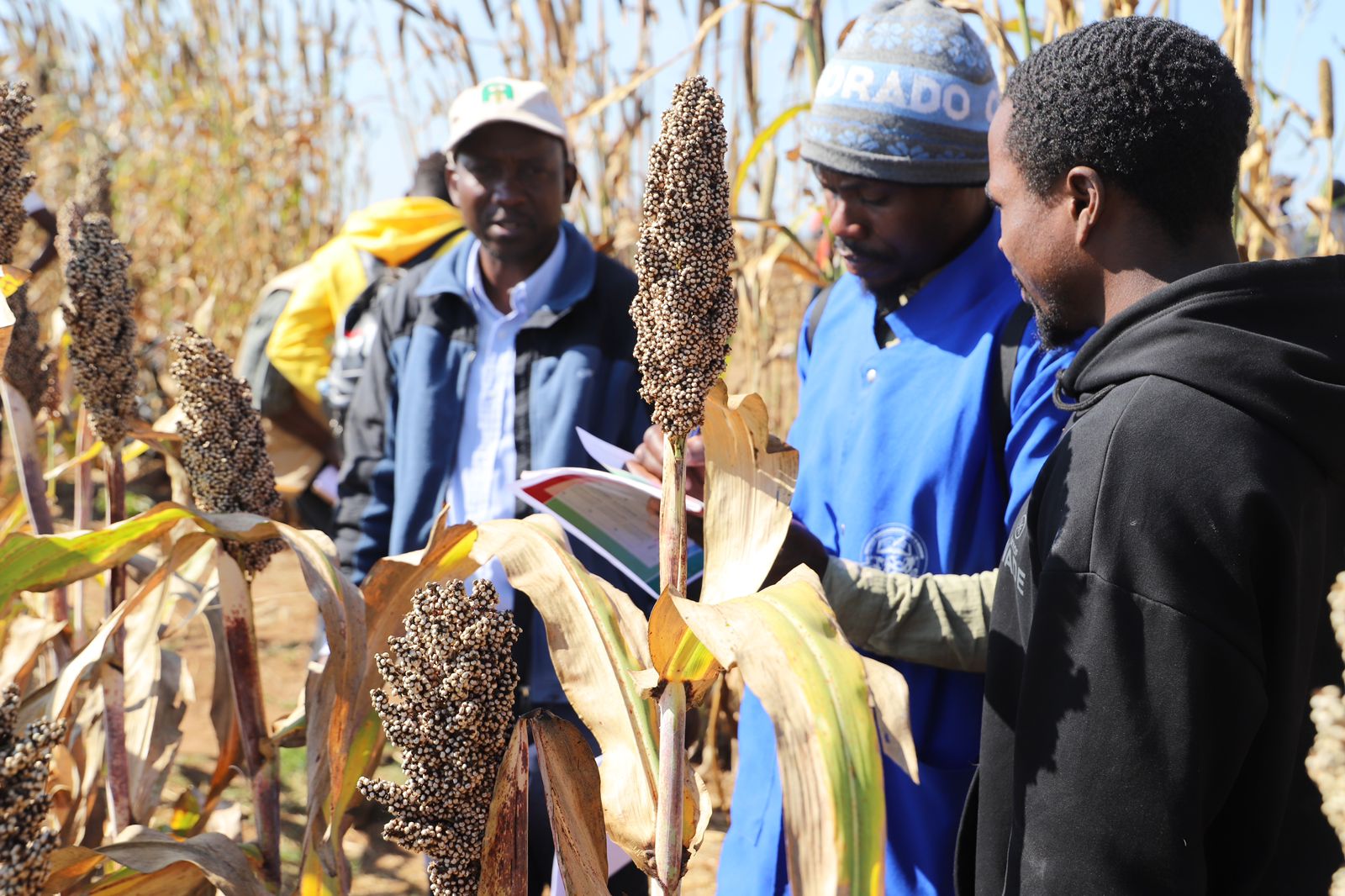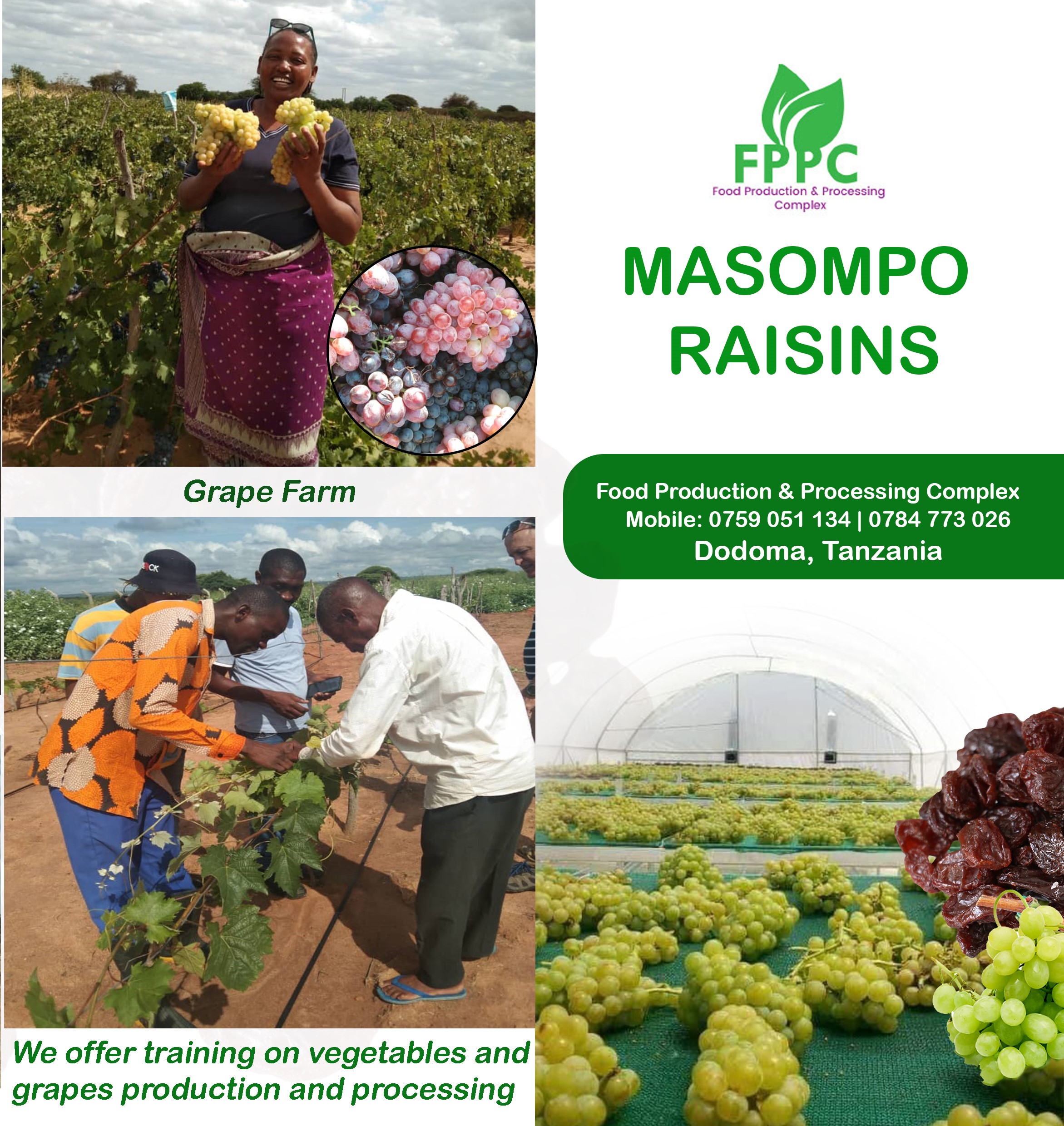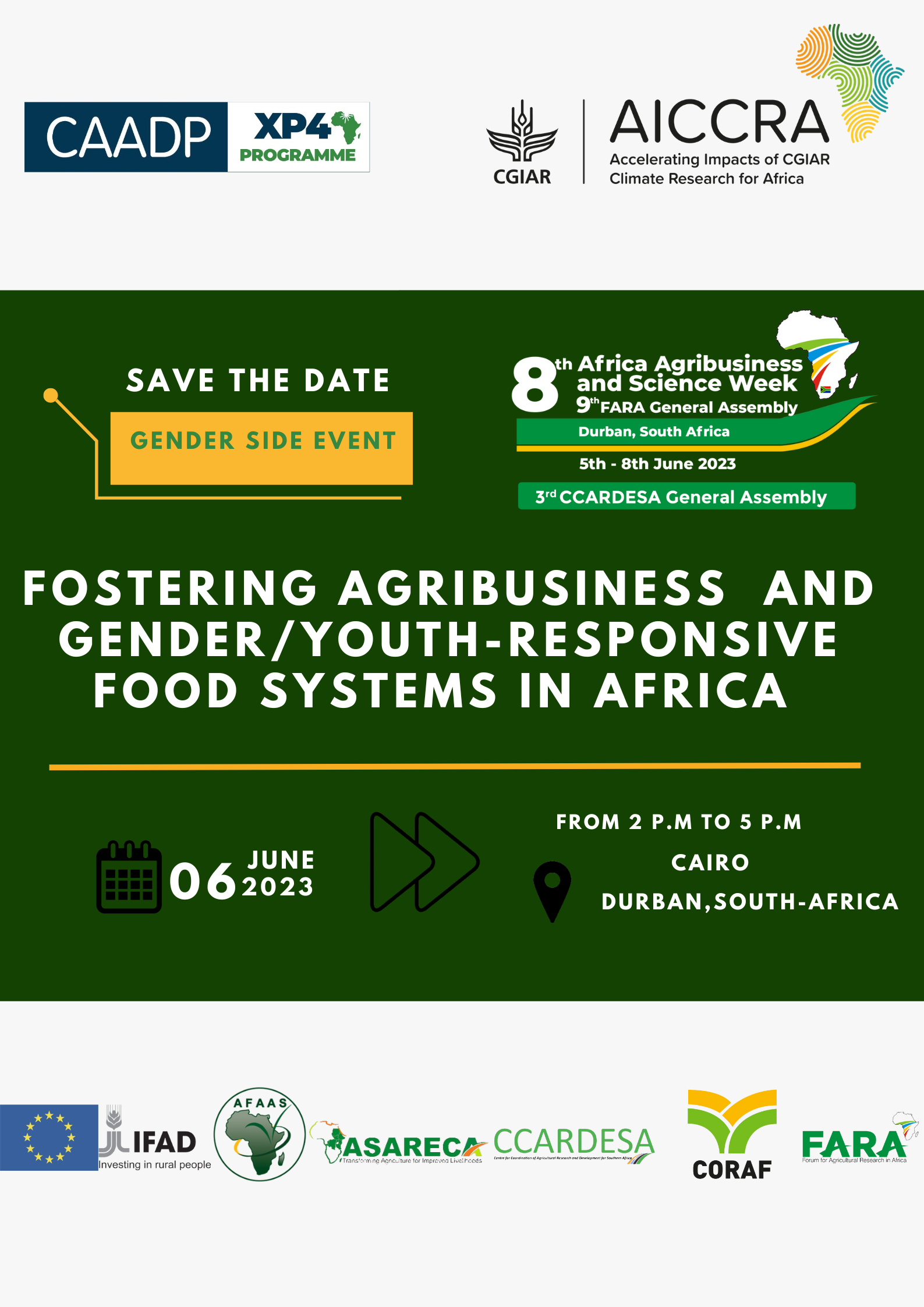CCARDESA Training Package 01 Climate Change Elements of the SADC Regional Agricultural Policy (RAP)
This resource is the first Module of the CCARDESA Training Package of Climate Change and Climate Smart Agriculture. It focuses on climate change elements of the SADC Regional Agricultural Policy (RAP). The power-point version of this resource is available for modification and reuse upon request.
Policy
SADC
Agriculture









